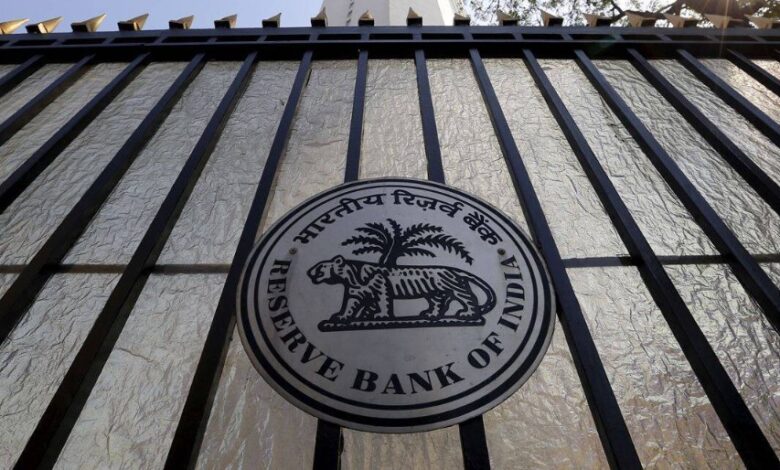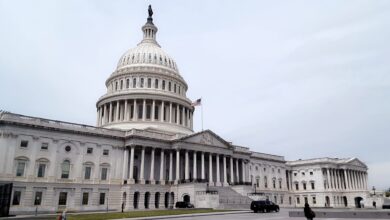India to Pilot Retail Digital Rupee on December 1

India will undertake the first pilot for retail digital currency on December 1, extending the test to evaluate the creation and distribution of the e-rupee in the South Asian market with a closed group of customers and merchants after it began evaluating the CBDC for the wholesale segment.
According to the Central Bank, the pilot will test the robustness of the entire process of digital rupee creation, distribution and retail usage in real time.
“Different features and applications of the e-R token and architecture will be tested in future pilots, based on the learning from this pilot,” it said.
The pilot would initially cover four four local banks — State Bank of India, ICICI Bank, Yes Bank and IDFC — will participate in the initial phase of the pilot in four cities (Mumbai, New Delhi, Bengaluru and Bhubaneswar). Bank of Baroda, Union Bank of India, HDFC Bank and Kotak Mahindra Bank will join the pilot “subsequently,” the Reserve Bank of India said.
The pilot will eventually be expanded to cover the cities of Ahmedabad, Gangtok, Guwahati, Hyderabad, Indore, Kochi, Lucknow, Patna and Shimla. In fact, according to analysts, the four top cities have been chosen for the pilot launch due to sufficient availability of customers who are well-versed in digital transactions.
The retail digital rupee (₹-R) will be in the form of a digital token that represents legal tender. It would be issued in the same denominations that paper currency and coins are currently issued. It would be distributed through intermediaries, i.e., banks. Users will be able to transact with e₹-R through a digital wallet offered by the participating banks and stored on mobile phones/devices.
On November 1, the RBI took a major leap towards making the country’s monetary and payment systems more efficient with the launch of digital rupee for the wholesale segment to settle secondary market transactions in government securities. The model chosen for the retail rupee is different from the earlier announced for the wholesale rupee which is being used by banks for government security transactions.
Two types of e-rupee
Based on the usage and the functions performed by the digital rupee and considering the different levels of accessibility, RBI has demarcated the digital rupee into two broad categories — retail and wholesale.
Retail e-rupee is an electronic version of cash primarily meant for retail transactions. It will be potentially available for use by all — private sector, non-financial consumers and businesses — and can provide access to safe money for payment and settlement as it is a direct liability of the central bank. Wholesale CBDC is designed for restricted access to select financial institutions. It has the potential to transform the settlement systems for financial transactions undertaken by banks in the government securities (G-Sec) segment, inter-bank market and capital market more efficient and secure in terms of operational costs, use of collateral and liquidity management.
Benefits
Beyond promoting financial inclusion, leading experts argue that CBDCs can create greater resilience for domestic payment systems and foster more competition, which may lead to better access to money, increase efficiency in payments, and in turn lower transaction costs.
CBDCs can also improve transparency in money flows and could help reduce currency substitution (when a country uses a foreign currency in addition to, or instead of, its own), IMF says.
In addition to that, the central bank hopes to lower the economy’s reliance on cash, enable cheaper and smoother international settlements and protect people from the volatility of private cryptocurrencies.
However, it is important to note that India’s central bank has spent the last few years largely pushing to make its citizens avoid crypto trading. Despite a ruling from the country’s apex court, the central bank continues to force the hand of banks from engaging with crypto platforms in India, a move that has made on-ramp a nightmare for the firms involved, people with direct knowledge of the matter said.
Amid the collapse of FTX, which further wiped the value of several cryptocurrencies, Rajeev Chandrasekhar, India’s minister of state for electronics and information technology, tweeted that Indian investors who got out of crypto due to the government’s “prudent guardrails of taxation and exchange control” should thank Prime Minister Narendra Modi for “his foresight and thus being saved from this crypto meltdown and losses.”
In the wake of the uncertainty, the local ecosystem has seen some talent move outside of the country and a growing number of local entrepreneurs build for the foreign markets and avoid serving customers in India, the world’s second-largest internet market.





